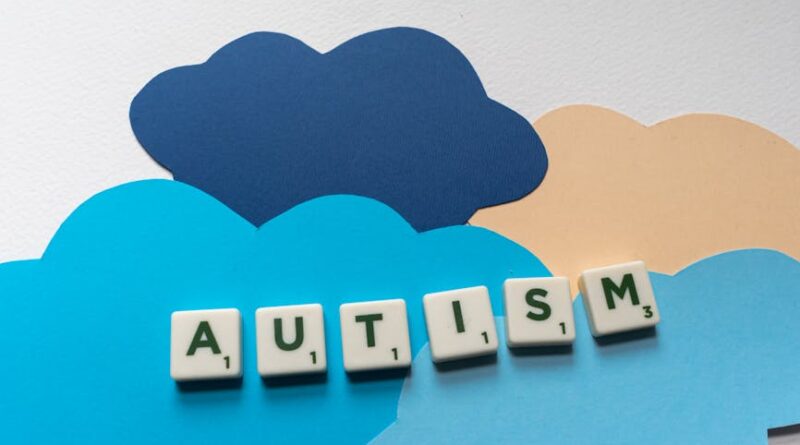The Connection Between Art and Mental Health
Art has always been a powerful form of expression, a way for individuals to communicate their emotions, thoughts, and experiences without the need for words. Beyond its aesthetic value, art has also been increasingly recognized for its impact on mental health. The intricate relationship between art and mental well-being is a fascinating subject that has garnered attention from researchers, psychologists, and art therapists alike. In this article, we will delve deep into the connection between art and mental health, exploring its various dimensions, benefits, and implications.
The Therapeutic Power of Art
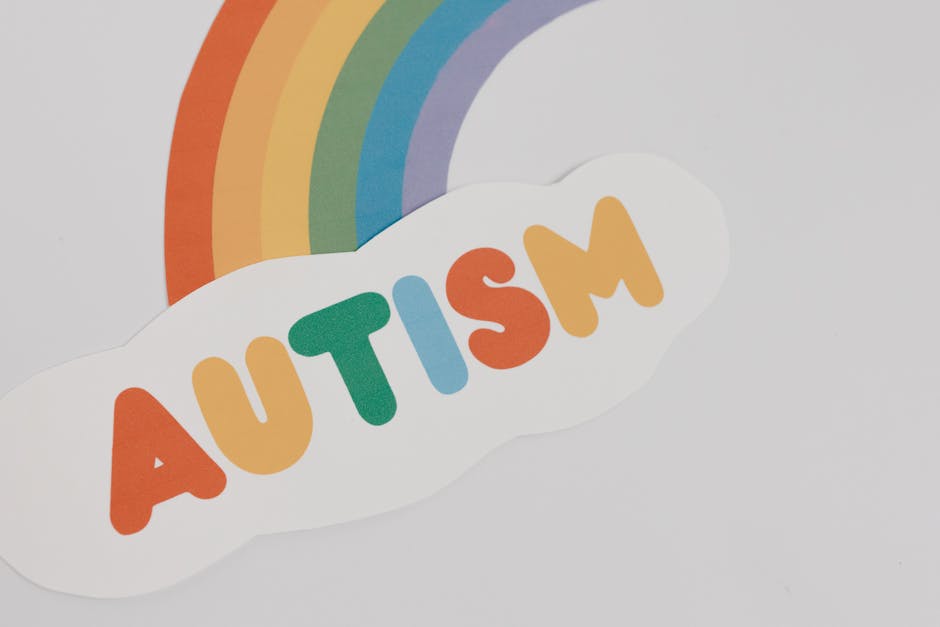
Art therapy is a form of psychotherapy that utilizes the creative process of making art to improve and enhance the physical, mental, and emotional well-being of individuals of all ages. Through painting, drawing, sculpting, or other forms of artistic expression, individuals can explore their feelings, reconcile emotional conflicts, reduce anxiety, and increase self-esteem. Art therapy provides a safe space for individuals to express themselves freely, without judgment or pressure.
Research has shown that engaging in art therapy can have a profound impact on mental health. A study published in the Journal of the American Art Therapy Association found that art therapy can help reduce symptoms of depression and anxiety, improve communication and social skills, and increase self-awareness and self-esteem. By tapping into the creative process, individuals can gain insight into their emotions and develop coping mechanisms to deal with life’s challenges.
The Role of Art in Self-Expression
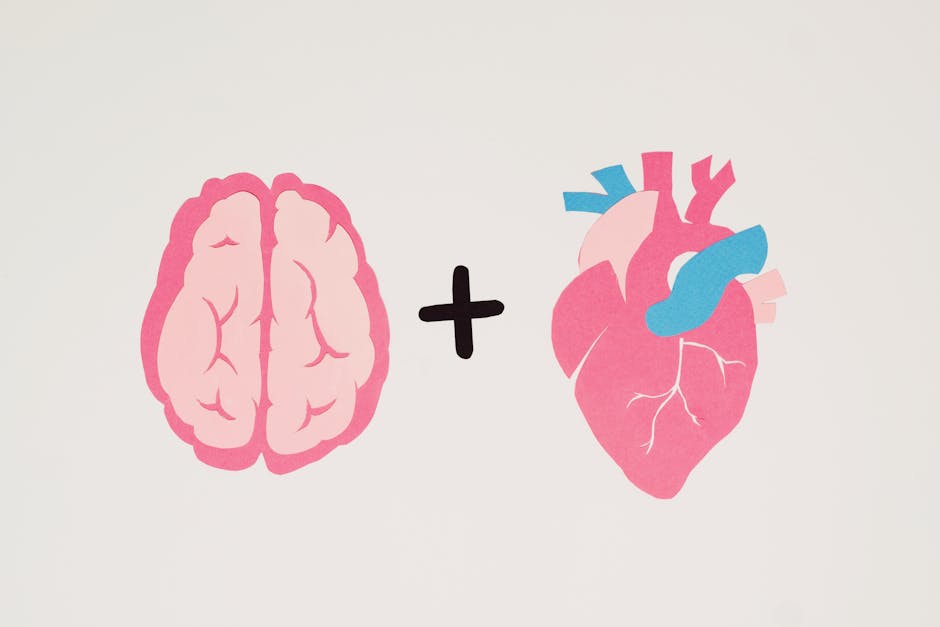
Art provides a unique avenue for self-expression, allowing individuals to communicate their innermost thoughts and emotions in a tangible and visible form. For those who may struggle to articulate their feelings verbally, art can serve as a powerful medium for self-discovery and self-expression. Whether through painting, drawing, photography, or sculpture, individuals can externalize their emotions and experiences, gaining a sense of relief and catharsis in the process.
Artistic expression can also help individuals make sense of their experiences and navigate complex emotions. By creating art, individuals can process trauma, grief, or other difficult experiences in a safe and controlled manner. This can lead to a sense of empowerment and agency, as individuals take control of their narratives and transform their pain into something beautiful and meaningful.
The Impact of Art on Stress Reduction
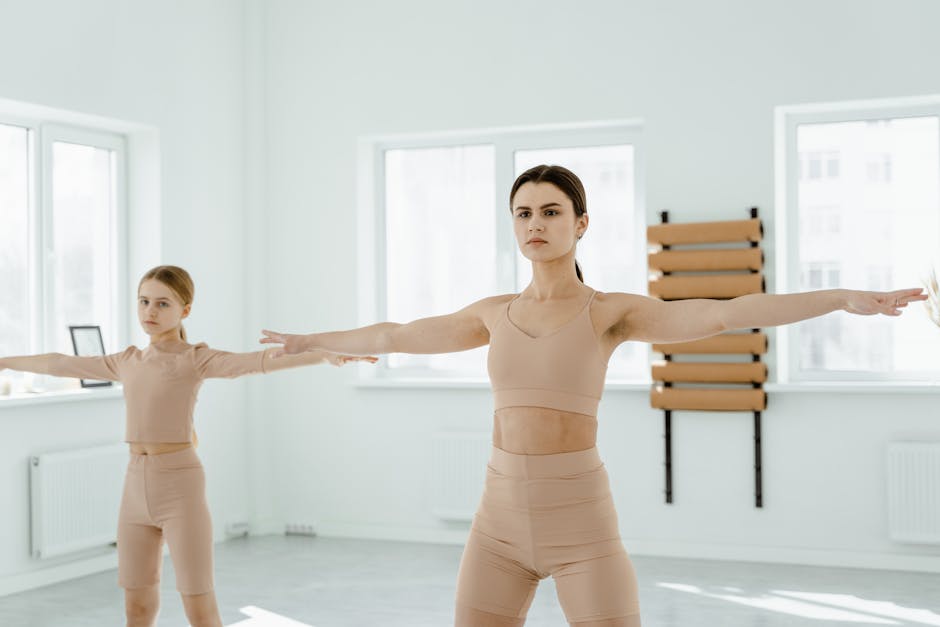
In today’s fast-paced and stressful world, finding ways to unwind and relax is essential for maintaining good mental health. Engaging in art, whether through drawing, painting, or other creative activities, can be a powerful tool for stress reduction. The act of creating art can shift the focus away from daily worries and concerns, allowing individuals to enter a state of flow where they are fully immersed in the creative process.
Studies have shown that engaging in creative activities can lower cortisol levels, the hormone responsible for stress. A study published in the Journal of the American Art Therapy Association found that just 45 minutes of creative activity can significantly reduce stress levels in the body. By taking time to engage in art, individuals can experience a sense of calm and relaxation, promoting overall well-being.
The Connection Between Art and Mindfulness
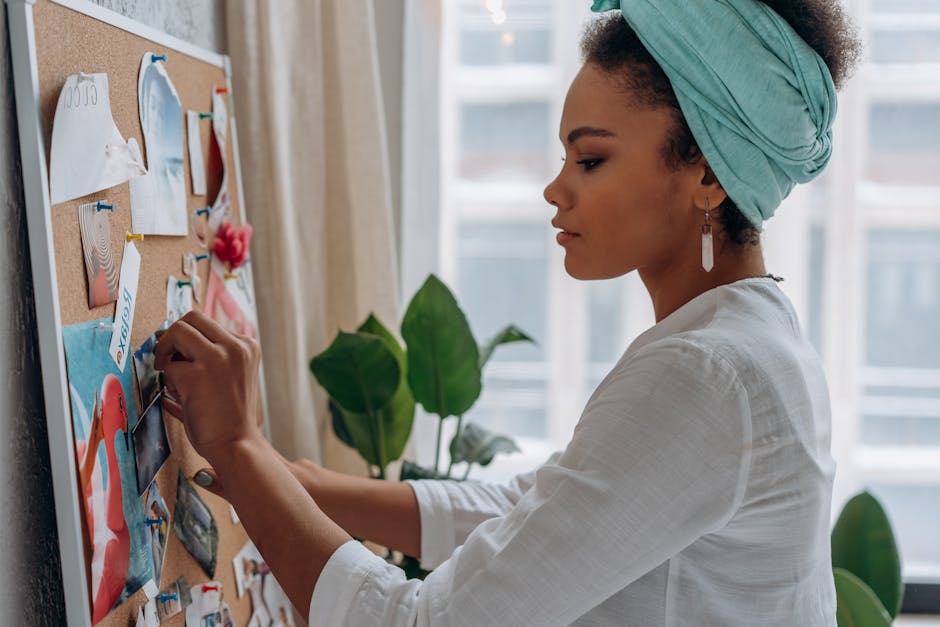
Mindfulness, the practice of being present and fully engaged in the moment, has been shown to have numerous benefits for mental health. Art can be a powerful tool for cultivating mindfulness, as it requires individuals to focus on the present moment and immerse themselves in the creative process. Whether through painting, drawing, or other artistic activities, individuals can quiet the mind, reduce stress, and enhance their overall sense of well-being.
Artistic practices such as mindful coloring, where individuals color intricate patterns and designs, have gained popularity as a way to promote relaxation and mindfulness. By focusing on the colors, shapes, and textures of the artwork, individuals can quiet the chatter of the mind and enter a state of deep relaxation. This can be especially beneficial for individuals with anxiety or racing thoughts, providing a calming and grounding experience.
The Therapeutic Benefits of Art for Specific Mental Health Conditions
Depression and Anxiety
Depression and anxiety are two of the most common mental health conditions affecting millions of individuals worldwide. Art therapy has been shown to be an effective treatment for both depression and anxiety, providing individuals with a creative outlet to explore their emotions and manage their symptoms. Through art therapy, individuals can express their feelings, reduce stress, and gain a sense of control over their mental health.
A study published in the Journal of Affective Disorders found that art therapy can significantly reduce symptoms of depression and anxiety in individuals with these conditions. By engaging in art-making, individuals can increase their self-awareness, develop coping strategies, and improve their overall mood. Art therapy provides a non-invasive and non-verbal way for individuals to process their emotions and find healing.
Post-Traumatic Stress Disorder (PTSD)
Post-Traumatic Stress Disorder (PTSD) is a mental health condition that can develop after a person experiences a traumatic event. Individuals with PTSD may struggle with flashbacks, nightmares, and intense emotional reactions. Art therapy has been shown to be an effective treatment for PTSD, helping individuals process their trauma and reduce their symptoms.
Research published in the Journal of Traumatic Stress found that art therapy can help individuals with PTSD reduce their symptoms, improve their quality of life, and increase their sense of well-being. By engaging in art-making, individuals can externalize their trauma, gain a sense of control, and develop healthy coping mechanisms. Art therapy provides a safe and supportive environment for individuals to explore their experiences and find healing.
Schizophrenia and Other Psychotic Disorders
Schizophrenia and other psychotic disorders can be challenging to treat, as individuals may experience hallucinations, delusions, and disorganized thinking. Art therapy has been shown to be a beneficial adjunctive treatment for individuals with schizophrenia and other psychotic disorders, providing a creative outlet for self-expression and exploration.
A study published in the Journal of Clinical Psychology found that art therapy can help individuals with schizophrenia reduce their symptoms, improve their social skills, and increase their self-esteem. By engaging in art-making, individuals can express their thoughts and emotions in a non-verbal manner, increasing their self-awareness and emotional regulation. Art therapy can provide individuals with a sense of purpose and accomplishment, promoting their overall well-being.
Expert Opinions
Dr. Sarah Wilson, a licensed art therapist, shares her insights on the connection between art and mental health. According to Dr. Wilson, “Art therapy provides individuals with a safe and creative space to explore their emotions, process their experiences, and find healing. Through art-making, individuals can tap into their inner strengths and resources, leading to increased self-awareness and self-empowerment.”
Dr. Wilson emphasizes the importance of art therapy as a complementary treatment for individuals with mental health conditions, stating that “Art therapy complements traditional talk therapy by offering a non-verbal and creative outlet for individuals to express themselves. By engaging in the creative process, individuals can access their subconscious thoughts and emotions, leading to a deeper understanding of themselves and their experiences.”
Common Misconceptions
One common misconception about art therapy is that individuals need to be skilled or talented artists to benefit from the practice. In reality, art therapy is not about creating masterpiece artworks but rather about the process of making art and expressing oneself creatively. Individuals of all skill levels can benefit from art therapy, as the focus is on self-expression and exploration rather than artistic ability.
Another misconception is that art therapy is only for children or individuals with specific mental health conditions. While art therapy is indeed beneficial for children and individuals with mental health conditions, it can also benefit individuals seeking personal growth, self-exploration, and stress relief. Art therapy is a versatile and inclusive practice that can be tailored to meet the unique needs and goals of each individual.
Conclusion
Art has the power to heal, transform, and uplift the human spirit. The connection between art and mental health is a profound and multifaceted relationship that continues to inspire researchers, practitioners, and individuals worldwide. Through art therapy, self-expression, stress reduction, and mindfulness, individuals can harness the therapeutic benefits of art to improve their mental well-being and overall quality of life.
As we navigate the complexities of modern life, art serves as a beacon of hope and healing, offering a pathway to self-discovery, growth, and resilience. Whether through painting, drawing, sculpture, or other creative activities, individuals can tap into the transformative power of art to nurture their minds, bodies, and souls. The connection between art and mental health is a reminder of the profound impact that creativity, expression, and self-discovery can have on our well-being.
Long story short, art is not just about aesthetics – it is a gateway to the soul, a mirror of our innermost thoughts and feelings. By embracing art as a form of therapy, self-expression, and mindfulness, we can unlock the true potential of our minds and hearts, leading to a deeper sense of connection, healing, and well-being.

